
Herbs for Rice Pilaf is a versatile and flavorful dish that can be a perfect side or a main course. One of the key elements that elevate a rice pilaf from simple to spectacular is the use of herbs. This guide will walk you through the process of making a delicious rice pilaf with a variety of herbs, ensuring your dish is bursting with flavor. Whether you’re a seasoned cook or a beginner, you’ll f
Common Herbs for Rice Pilaf
- Parsley: Fresh and slightly peppery, parsley adds a bright flavor and vibrant color to rice pilaf.
- Thyme: Earthy and slightly minty, thyme pairs well with other herbs and adds a subtle depth.
- Dill: With its grassy and slightly sweet flavor, dill can brighten up the pilaf.
- Basil: Sweet and slightly peppery, basil adds a unique twist to traditional rice pilaf.
- Cilantro: Fresh and citrusy, cilantro is perfect for adding a burst of freshness.
Why Herbs Matter in Rice Pilaf?

Herbs add depth, aroma, and complexity to rice pilaf. They can transform a simple dish into an aromatic, flavorful masterpiece. Fresh or dried, herbs like parsley, thyme, dill, and basil can be used individually or in combination to enhance the taste and presentation of Herbs for Rice Pilaf.
Herbs for Rice Pilaf Ingredients
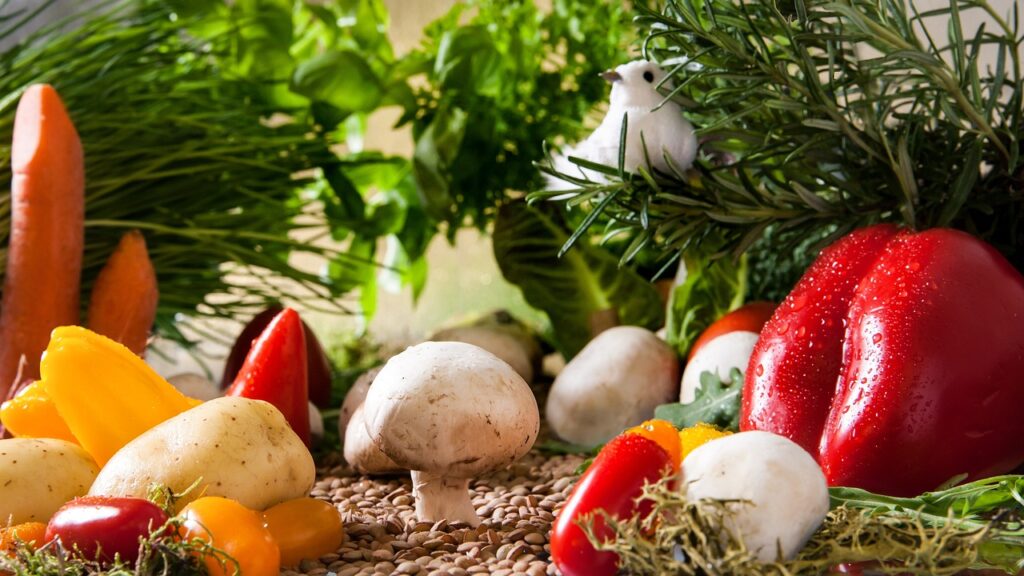
To make a flavorful herb-infused rice pilaf, you will need the following ingredients:
- 2 cups long-grain rice (such as basmati or jasmine)
- 3 tablespoons olive oil or butter
- 1 medium onion, finely chopped
- 2 cloves garlic, minced
- 4 cups chicken or vegetable broth
- 1 teaspoon salt
- 1/2 teaspoon black pepper
- Fresh herbs: 1/4 cup chopped parsley, 1/4 cup chopped dill, 1/4 cup chopped basil, 1/4 cup chopped cilantro
- Optional: 1/2 cup peas, carrots, or any vegetables of your choice
Step-by-Step Guide to Making Herb-Infused Rice Pilaf
Step 1: Prepare the Rice

Rinse the rice under cold water until the water runs clear. This step is crucial as it removes excess starch, preventing the rice from becoming too sticky.
Step 2: Sauté the Aromatics
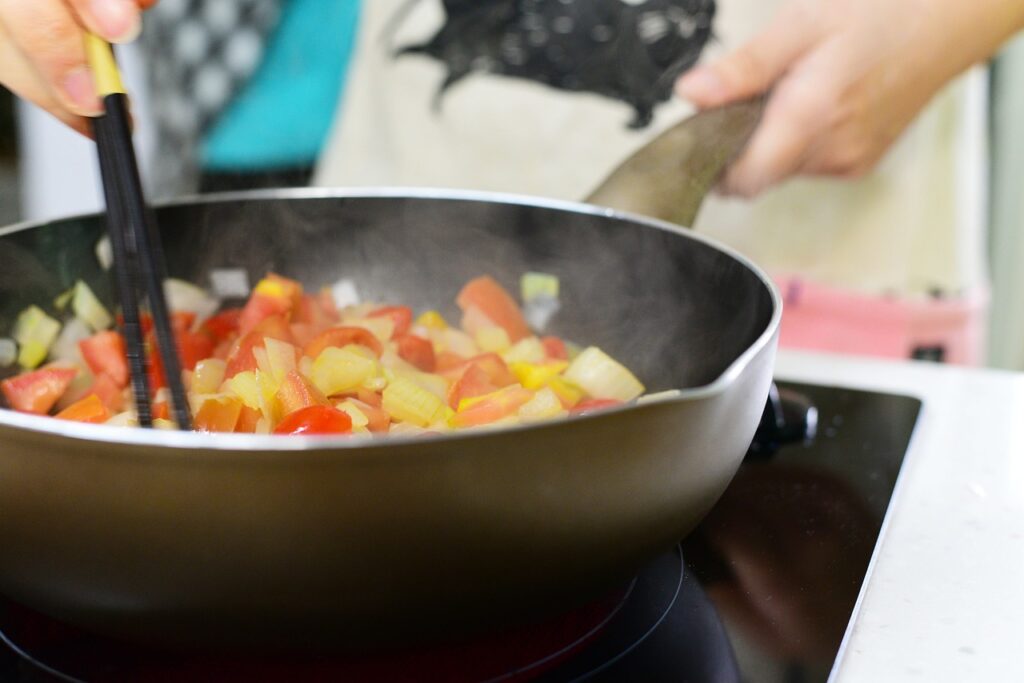
In a large pot or skillet, heat the olive oil or butter over medium heat. Add the chopped onion and sauté until it becomes translucent, about 5 minutes. Add the minced garlic and cook for another minute until fragrant.
Step 3: Toast the Rice
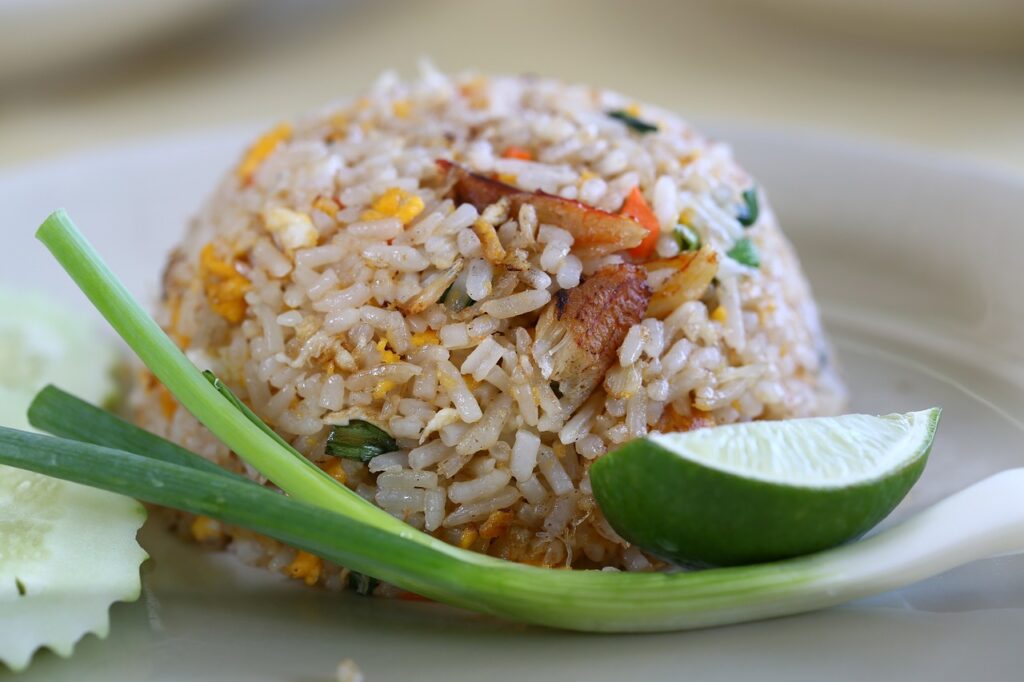
Add the rinsed rice to the pot and stir well to coat the grains with the oil and aromatics. Toast the rice for about 2-3 minutes, stirring frequently. This step enhances the flavor and gives the rice a slightly nutty taste.
Step 4: Add Broth and Seasonings
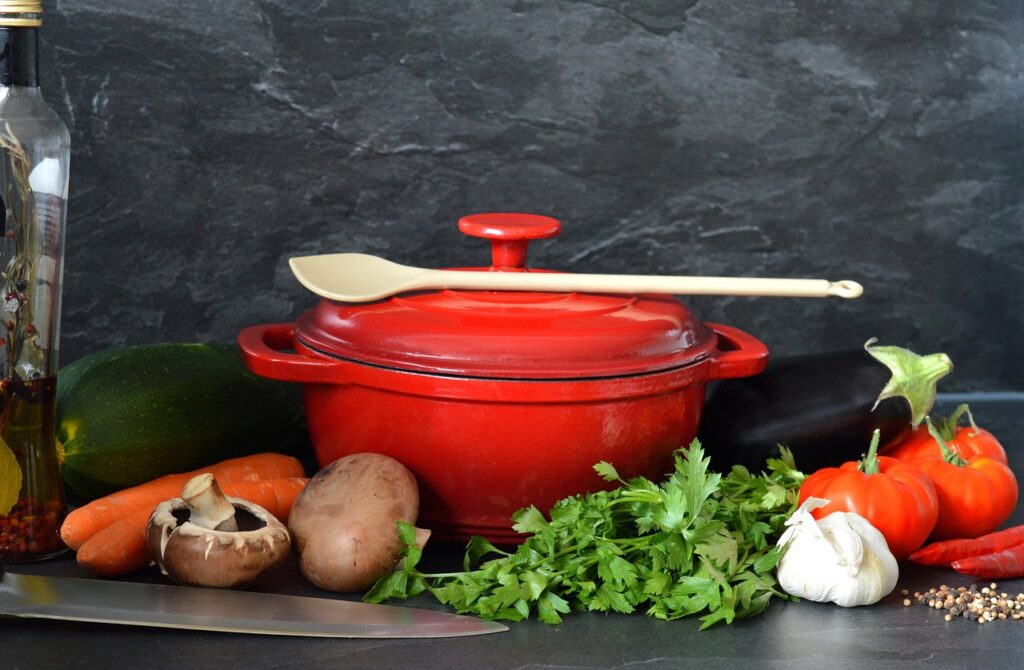
Pour in the chicken or vegetable broth, and add salt and black pepper. Stir to combine. Bring the mixture to a boil, then reduce the heat to low, cover the pot, and simmer for about 15-20 minutes, or until the rice is tender and the liquid is absorbed.
Step 5: Incorporate the Herbs for Rice Pilaf

Once the rice is cooked, remove the pot from heat and let it sit, covered, for about 5 minutes. This allows the rice to steam and become fluffy.
After 5 minutes, fluff the rice with a fork. Add the chopped parsley, dill, basil, and cilantro. Gently fold the herbs into the rice, ensuring they are evenly distributed. The heat from the rice will slightly wilt the herbs, releasing their aromatic oils and infusing the dish with their flavors.
Step 6: Optional Vegetables Herbs for Rice Pilaf

If you’re adding vegetables, such as peas or carrots, fold them in at this stage. You can use fresh, frozen, or pre-cooked vegetables. If using fresh vegetables, ensure they are finely chopped and cooked to your liking before adding them to the rice pilaf.
Step 7: Serve
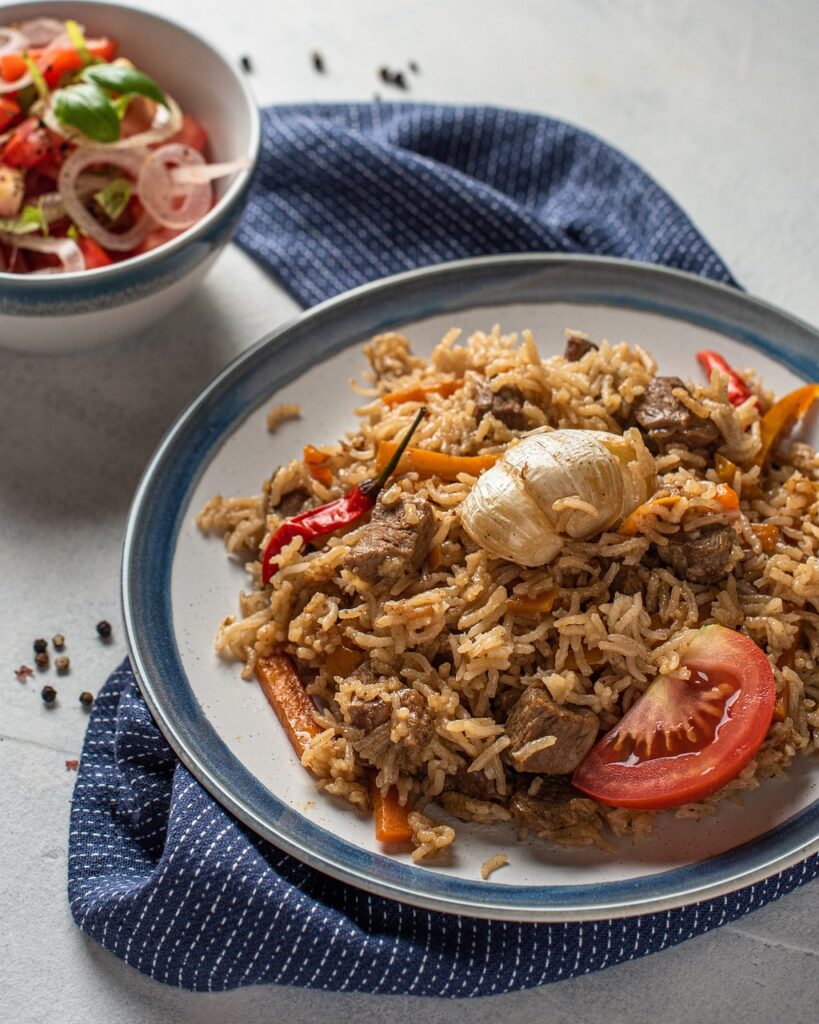
Transfer the to Herbs for Rice Pilaf a serving dish. Garnish with additional fresh herbs if desired. Serve warm as a side dish or main course.
Tips for Perfect Herb-Infused Rice Pilaf

- Use Fresh Herbs: Fresh herbs provide the best flavor and aroma. If using dried herbs, use half the amount as dried herbs are more concentrated.
- Consistent Chopping: Chop the herbs finely and uniformly to ensure even distribution and a balanced flavor in every bite.
- Proper Rice Rinsing: Rinse the rice thoroughly to remove excess starch and achieve a fluffy texture.
- Toasting the Rice: Don’t skip toasting the rice; it adds a nutty flavor that enhances the overall taste of the pilaf.
- Resting Time: Allow the rice to rest for a few minutes after cooking to let it steam and become perfectly fluffy.
Variations of Herb-Infused Rice Pilaf

Mediterranean Rice Pilaf
Add ingredients like olives, sun-dried tomatoes, and feta cheese along with herbs like oregano and mint for a Mediterranean twist.
Middle Eastern Rice Pilaf
Incorporate spices such as cumin, coriander, and cinnamon. Use herbs like parsley and cilantro. Add nuts like almonds or pistachios for a crunchy texture.
Asian-Inspired Rice Pilaf
Use jasmine rice and add soy sauce, ginger, and garlic. Incorporate herbs like Thai basil or cilantro. Add vegetables like peas, carrots, and bell peppers.
Conclusion
Using herbs for rice pilaf is a fantastic way to elevate a simple dish and make it extraordinary. The combination of fresh, vibrant herbs with perfectly cooked rice creates a dish that is not only delicious but also visually appealing. By following this step-by-step guide, you can easily prepare a flavorful herb-infused rice pilaf that will impress your family and friends. Experiment with different herbs and ingredients to find your perfect blend and enjoy the delightful flavors of this classic dish.



